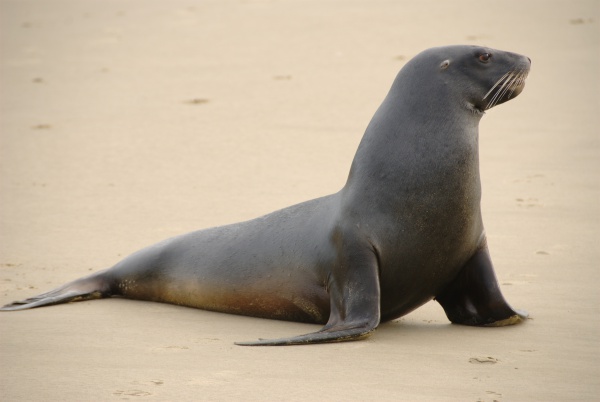Facts About New Zealand sea lion
The New Zealand sea lion, also known as Hooker's sea lion or whakahao in Māori, is one of the rarest sea lions in the world. They primarily breed on New Zealand's subantarctic Auckland and Campbell islands, with smaller populations found around the South and Stewart Islands. With a population of approximately 10,000 individuals, they are the sole species in the Phocarctos genus.
These sea lions exhibit pronounced sexual dimorphism, with males being significantly larger than females. Their diet is diverse, consisting of various marine creatures, but they must remain vigilant against predators such as great white sharks. Most breeding activity occurs on the Auckland and Campbell Islands, and studies indicate that their genetic origins are linked to these subantarctic regions.
Unfortunately, New Zealand sea lions face several challenges. Historically, they were hunted for subsistence and commercial purposes. Today, they contend with threats such as entanglement in commercial fishing nets, limited food supply, disease outbreaks, and environmental threats on the mainland.
The population of New Zealand sea lions has been declining, raising significant conservation concerns. The New Zealand Department of Conservation lists them as Nationally Critical, and the International Union for Conservation of Nature (IUCN) classifies them as "Endangered" due to their small population size, limited breeding areas, and declining numbers, particularly on the Auckland Islands.
Efforts are underway to protect these unique sea lions. Conservation measures aim to reduce fishing bycatch, address food shortages, and manage disease outbreaks, with the goal of ensuring their survival for future generations.
